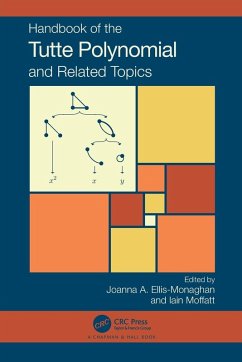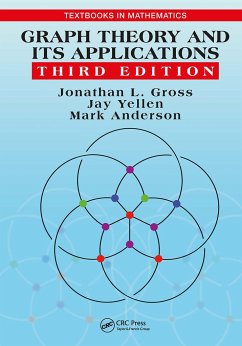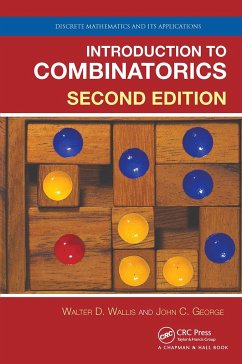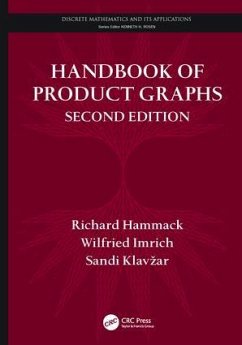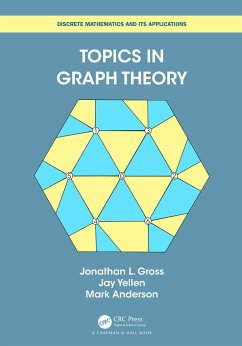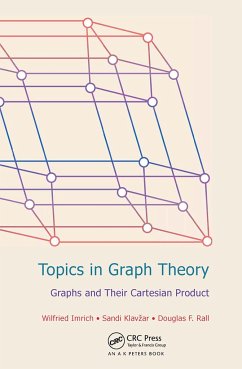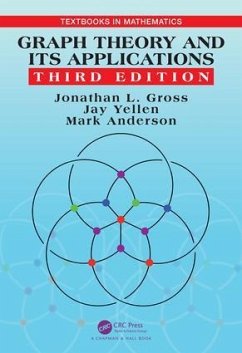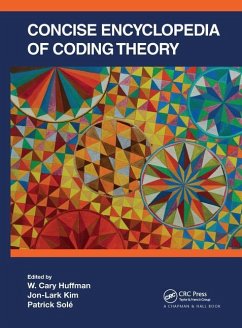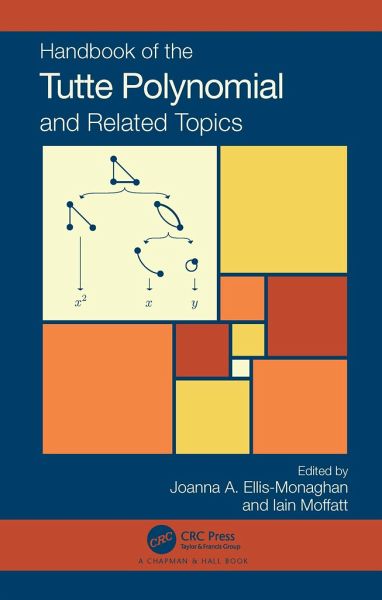
Handbook of the Tutte Polynomial and Related Topics

PAYBACK Punkte
115 °P sammeln!
The Tutte Polynomial touches on nearly every area of combinatorics as well as many other fields, including statistical mechanics, coding theory, and DNA sequencing. It is one of the most studied graph polynomials.Handbook of the Tutte Polynomial and Related Topics is the first handbook published on the Tutte Polynomial. It consists of thirty-four chapters written by experts in the field, which collectively offer a concise overview of the polynomial's many properties and applications. Each chapter covers a different aspect of the Tutte polynomial and contains the central results and references ...
The Tutte Polynomial touches on nearly every area of combinatorics as well as many other fields, including statistical mechanics, coding theory, and DNA sequencing. It is one of the most studied graph polynomials.
Handbook of the Tutte Polynomial and Related Topics is the first handbook published on the Tutte Polynomial. It consists of thirty-four chapters written by experts in the field, which collectively offer a concise overview of the polynomial's many properties and applications. Each chapter covers a different aspect of the Tutte polynomial and contains the central results and references for its topic. The chapters are organized into six parts. Part I describes the fundamental properties of the Tutte polynomial, providing an overview of the Tutte polynomial and the necessary background for the rest of the handbook. Part II is concerned with questions of computation, complexity, and approximation for the Tutte polynomial; Part III covers a selection of related graph polynomials; Part IV discusses a range of applications of the Tutte polynomial to mathematics, physics, and biology; Part V includes various extensions and generalizations of the Tutte polynomial; and Part VI provides a history of the development of the Tutte polynomial.
Features
Written in an accessible style for non-experts, yet extensive enough for experts
Serves as a comprehensive and accessible introduction to the theory of graph polynomials for researchers in mathematics, physics, and computer science
Provides an extensive reference volume for the evaluations, theorems, and properties of the Tutte polynomial and related graph, matroid, and knot invariants
Offers broad coverage, touching on the wide range of applications of the Tutte polynomial and its various specializations
Handbook of the Tutte Polynomial and Related Topics is the first handbook published on the Tutte Polynomial. It consists of thirty-four chapters written by experts in the field, which collectively offer a concise overview of the polynomial's many properties and applications. Each chapter covers a different aspect of the Tutte polynomial and contains the central results and references for its topic. The chapters are organized into six parts. Part I describes the fundamental properties of the Tutte polynomial, providing an overview of the Tutte polynomial and the necessary background for the rest of the handbook. Part II is concerned with questions of computation, complexity, and approximation for the Tutte polynomial; Part III covers a selection of related graph polynomials; Part IV discusses a range of applications of the Tutte polynomial to mathematics, physics, and biology; Part V includes various extensions and generalizations of the Tutte polynomial; and Part VI provides a history of the development of the Tutte polynomial.
Features
Written in an accessible style for non-experts, yet extensive enough for experts
Serves as a comprehensive and accessible introduction to the theory of graph polynomials for researchers in mathematics, physics, and computer science
Provides an extensive reference volume for the evaluations, theorems, and properties of the Tutte polynomial and related graph, matroid, and knot invariants
Offers broad coverage, touching on the wide range of applications of the Tutte polynomial and its various specializations




